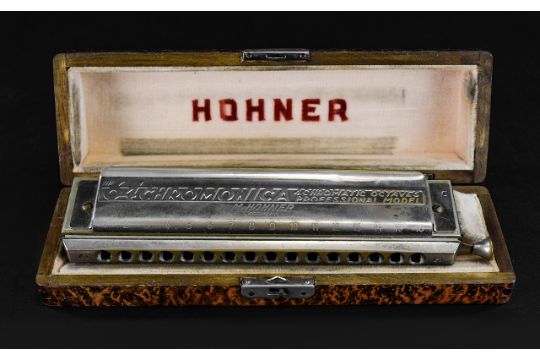

At the very top of your range, you will start to sound strained and at the bottom, your sound will lose its resonance and become blurry. You can only stretch them so far and relax them so much. The vocal cords behave like rubber bands. The trade-off was that she didn’t have the easy top notes of a lighter coloratura soprano and her highest notes sometimes sounded like they were screamed rather than sung.Īt the low end, while she had a strong chest sound, this still wasn’t her natural habitat. Her natural voice type was that of a dramatic soprano, which meant that she could handle the heaviest roles, that call for a strong, emotionally loaded tone. Callas’s spectacular vocals spanned from the coloratura register, which means hitting notes above the soprano high C, all the way down to her strong chest notes in “Carmen”, a role for the lower mezzo-soprano voice type.

She is considered an “absolute soprano”, a unique kind of artist who can sing almost any soprano role, regardless of what voice type it is written for. Maria Callas’ recorded vocal range is said to have been F3-E6, so three octaves. We interpret this second A as sounding a lot higher than the first A and yet, they’re somehow the same tone. This is one of those mysterious patterns found in nature and it has been called the “basic miracle of music”. What has happened, is that the pitch of the first A has risen, until it is twice as high. We have landed on the 8th tone and “octa” as in “octave”, simply means 8. The sequence of these tones goes up in this way: A B C D E F G, and then back to A again. “Hepta” stands for seven, meaning that such a scale contains seven major pitches or tones. As often in our culture, it was formalized by the ancient Greeks. The European take on pitches is based on the heptatonic scale. The Not so Difficult Mystery of the Octave The internet is a source of bizarre disinformation and when everybody starts copying each other’s nonsense, as we humans tend to do, the disinformation runs amok. Or, do we add 3 octaves at each end of your range, and then you’ll be able to reach… 8 octaves? Do we add 3 octaves to that? Making it 5 octaves. A typical voice, when untrained, is said to cover up to 2 octaves. If your range is too low, you may sound like you are screaming.”Īha. If your range is too high, you will not be able to reach the notes you wish to. “ In general, a good vocal range is three octaves lower and three octaves higher than your natural voice. The first issue is, do people even understand what it means to have a “four-octave” voice? Say What?įrom a questionable web page called Audio.Dome, I get the following piece of internet wisdom: Yet, there are some aspects of the four-octave voice ideal that are interesting to me, so let’s examine it closer. With big ranges perhaps but in thin, squeaky, nasal, annoying voices. There are a lot of overrated singers in rock’n’roll. For someone like me, who holds the traditional opera voices of the past as an ideal, I think much of the “octaves” these pop/rock type singers barf up are quite badly performed. Well… It depends on what you mean by vocal range. A four-octave vocal range, now that’s a unique asset that is bound to impress everyone. You are enamoured with some cute pop/rock singer of dubious sexual orientation and you want to prove to yourself and also, to the rest of the world why your favourite stands out, what amazing qualities they possess besides the way they wiggle their cute little butts on stage or the fancy outfits they wear. As a culture analyst, I find this type of hyperbole interesting and I think I get where it’s coming from.


 0 kommentar(er)
0 kommentar(er)
